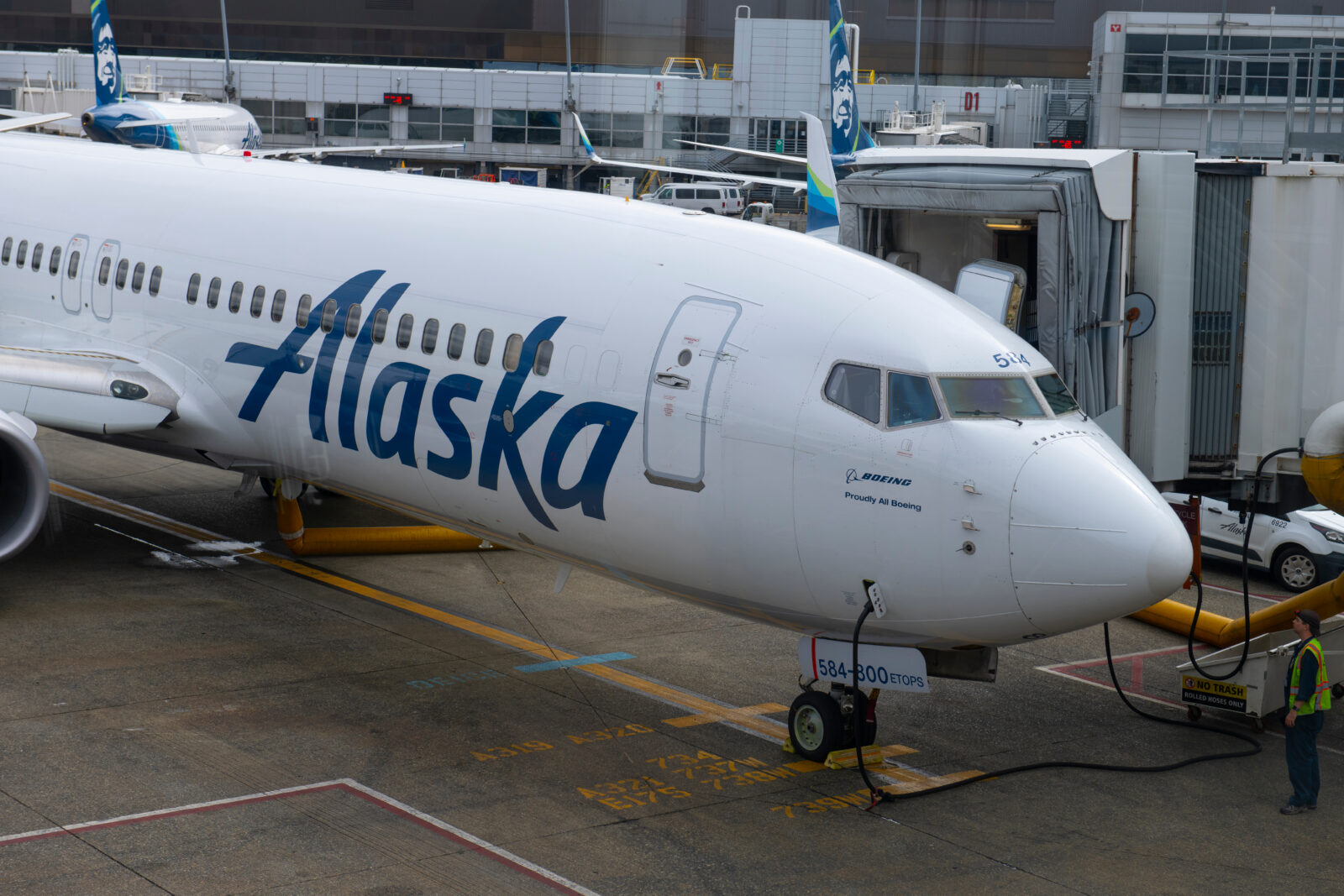
Four Alaska Airlines flight attendants on a Seattle-bound flight had to be hospitalized on Thursday night after they all fell sick shortly after the Boeing 737 they were flying on took off from Lihue, Hawaii, the airline has confirmed.
Alaska Airlines flight AS810 departed Lihue Airport on the island of Kauaʻi more than an hour late at around 11:15 p.m. on Thursday evening for what should have been a routine five-hour redeye flight back to Washington State.
Data provided by flight tracking website Flight Radar 24 shows that the 13-year-old Boeing 737-800 climbed to its cruising altitude of around 35,000 feet as it departed Lihue but then quickly turned around and headed back towards Hawaii around 30 minutes after departure.
The pilots diverted the aircraft to Honolulu, where all four flight attendants onboard the aircraft, aged between 28 and 59, were met by emergency medical responders and then taken to the local hospital for evaluation.
In a statement, Alaska Airlines confirmed that four of its crew members reported feeling unwell shortly after takeoff, prompting the emergency diversion to Honolulu. However, a spokesperson for the carrier did not provide specific details about their sickness.
The Honolulu Emergency Services Department, however, said that the crew members were suffering from nausea and ‘disturbed coordination’, which had been caused by an unknown smell aboard the plane.
All 119 passengers were stranded in Honolulu overnight, although Alaska Airlines says it had worked to re-accommodate customers on alternative flights back to Seattle on Friday.
The aircraft (registration: N533AS) has been stranded in Honolulu and will be flown back to Seattle without passengers.
The incident comes less than two years after another Alaska Airlines Boeing 737-800 flying from Kauaʻi to Seattle was forced to divert after two flight attendants became ‘incapacitated’ due to an unknown smell onboard the aircraft.
In that case, the plane also diverted to Honolulu, where all four flight attendants had to be treated for minor injuries following what the Federal Aviation Administration (FAA) described as a fume event.
Within the airline industry, these strange odor incidents are known as ‘smoke, odor or fume’ events, although they are also sometimes referred to as ‘toxic fume events’ by some campaigners.
Between January 2018 and December 2019, more than 400 passengers and flight attendants aboard U.S.-operated airplanes could have been sickened by “toxic fumes,” according to a Los Angeles Times investigation that analyzed data from a NASA-run aviation safety reporting system, although the vast majority of injuries are reported amongst crew members.
Related
Mateusz Maszczynski honed his skills as an international flight attendant at the most prominent airline in the Middle East and has been flying ever since... most recently for a well known European airline. Matt is passionate about the aviation industry and has become an expert in passenger experience and human-centric stories. Always keeping an ear close to the ground, Matt's industry insights, analysis and news coverage is frequently relied upon by some of the biggest names in journalism.







